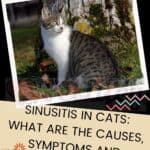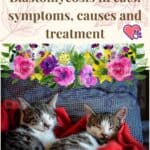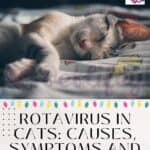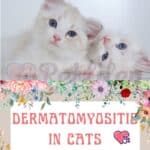Cat eosinophilic granuloma, a skin condition that can affect very young cats. Let’s see, here, what are the common causes, the typical symptoms and its treatment.
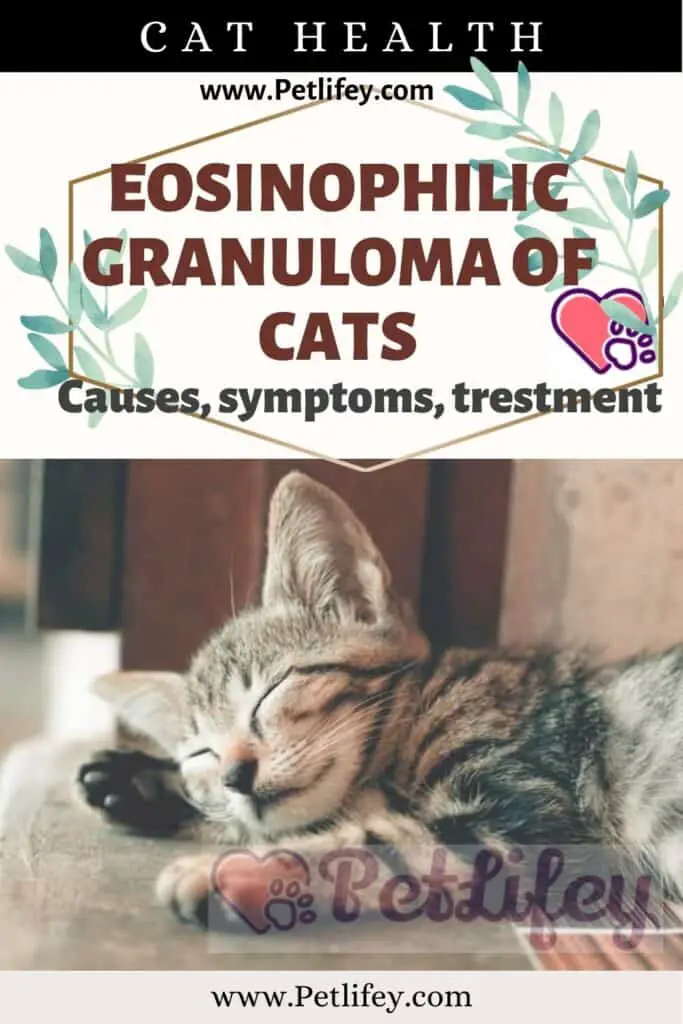
How many times do we see our domestic cat feel sick or look in pain and we don’t know why. The reality is that, as a good owner, it is necessary to be sufficiently prepared on the various diseases or ailments that can affect him, also based on his age and health conditions. Noticing some signs is essential in order to help him. Let’s see, in the article, what cat eosinophilic granuloma is and how to treat it.
Cat eosinophilic granuloma: common causes and typical symptoms
It is a skin disease that can develop in the feline and of which there are different forms. Let’s see, below, what are the triggering causes and what the symptoms consist of in the animal.
Very often, situations occur in the dear furry pet in which he is suffering or agitated and it is not easy to understand the reason for his discomfort. More often than not, it is naively thought that this is a period of momentary fatigue.
Kitty can go through delicate moments and be struck by physical illnesses that we don’t notice right away. There is, for example, a particular skin disease known as eosinophilic granuloma and this tends to affect younger specimens.
This skin disease can occur, especially in cats to below the 2 years of age and can affect certain areas of the body, such as the lips and chin, as well as the cavity mouth; also, it can occur between the pads and behind the thighs.
There are two forms of cat eosinophilic granuloma: oral and cutaneous .
According to research carried out on some felines, these animals could be affected due to excessive sensitivity to insect bites and consequent injuries, which occur, in particular, during autumn and summer.
The common causes of this disease are eosinophil infiltrations, which can appear as a result of the presence of cat parasites or allergic reactions. Atopy , food intolerance and even autoimmune problems are other causes responsible for this problem.
Typical symptoms of the disease
In the presence of eosinophilic granuloma of the cat, inflammatory lesions occur that do not involve pain but are itchy, which can occur in groups or singles.
When it occurs in the skin , there are plaques or papules, resulting in yellowish or pinkish feline alopecia. In this case, ulcers and nodules in the cat can not be ruled out .
If it occurs in oral form in the cat, granulomatous nodules may occur on the tongue or on the soft palate of the hairy one, in the collagenolytic areas. This has consequences such as bad cat breath , difficulty in chewing and even anorexia.
The feline and skin disease: the intended treatment
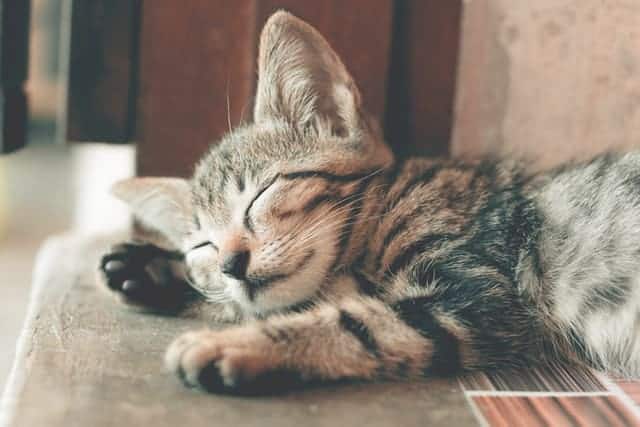
As we have seen, there are many clinical signs that present with this disease in the feline. But how can this annoying and delicate cat skin problem be solved? We continue to talk about it later.
It is very important to notice the symptoms and signs we talked about above, in order to act correctly, with the help of the veterinarian and safeguard the health of the cat.
The solution involves eliminating the triggering cause of the skin disease in the hairy, often difficult to identify. First, a flea control should be done and, if any, they will be treated with anti- parasite therapy.
If the root of the problem is a food intolerance, it will be necessary to opt for hypoallergenic food for the cat and allergic tests are also provided to understand if immunotherapy is appropriate .
The use of glucocorticoid drugs, usually administered subcutaneously, is envisaged if the triggering cause is not identified or if the feline does not react well to the treatment.
In general, the feline reacts well to treatment but if infections develop, the use of antibiotics is a must. If the cat’s eosinophilic granuloma is chronic , effective results will be obtained with some treatments such as radiotherapy , laser, surgery and cryosurgery.


